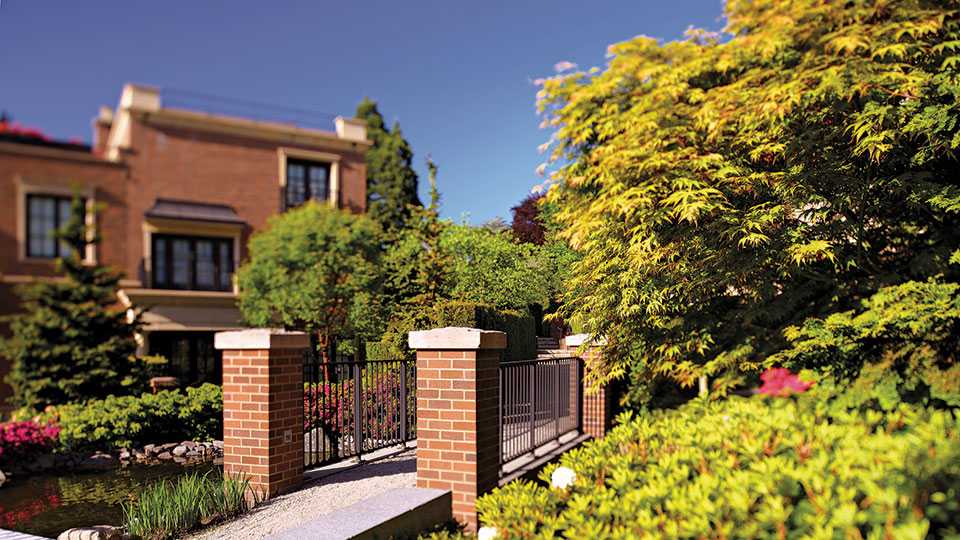Enlightening Landscapes - A conversation with Landscape Architect Paul Sangha
October 16, 2020
Paul Sangha is passionate about landscape architecture, and the possibilities of bringing art and the environment together to create experiential landscapes for public and private spaces. His team at Paul Sangha Creative’s award-winning landscape designs result from a rigorous design process, one that is grounded in an understanding of each site’s unique characteristics, the natural environment, and the desires of the client. From large estate grounds to multi-family projects, Paul has done it all, so we asked this expert a few questions about what makes a special outdoor space.
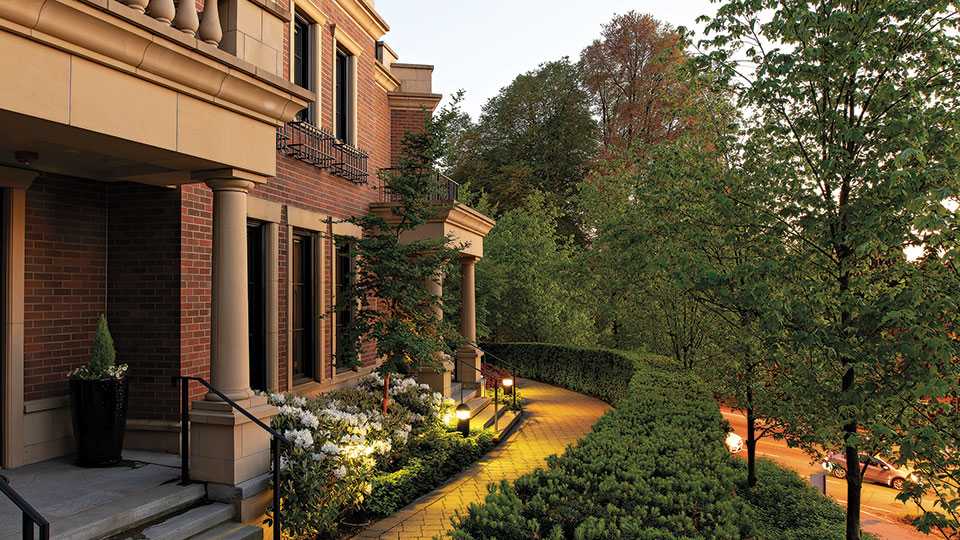
New Home + Condo Guide: When you take on a multi-family project, what are your fundamental goals for the outdoor space? Is it to get people outside? It is aesthetics/curb appeal?
Paul Sangha: When our team at Paul Sangha Creative takes on a multi-family project, we have various fundamental goals for the outdoor space. If the project is a new build, we want the overall master plan to attract the prospective buyers and generate excitement. For existing developments, it’s about creating intriguing spaces that encourage prospective and current residents to visit.
Our team is always looking at how indoor and outdoor spaces speak to one another and complement each other. It’s about creating visually pleasing environments that are functional. If the landscape is not engaged with the building, or vice versa, the outdoor space is much less likely to be used.
Just as important as usability is the sense of privacy, especially in a multi-family project where there might be increased foot traffic or sightlines into the homes. It is important to understand the hierarchy of outdoor spaces, balancing both intimate spaces for individual units, and central, flexible outdoor areas that serve the larger community. Both must be able to function in harmony with one another.

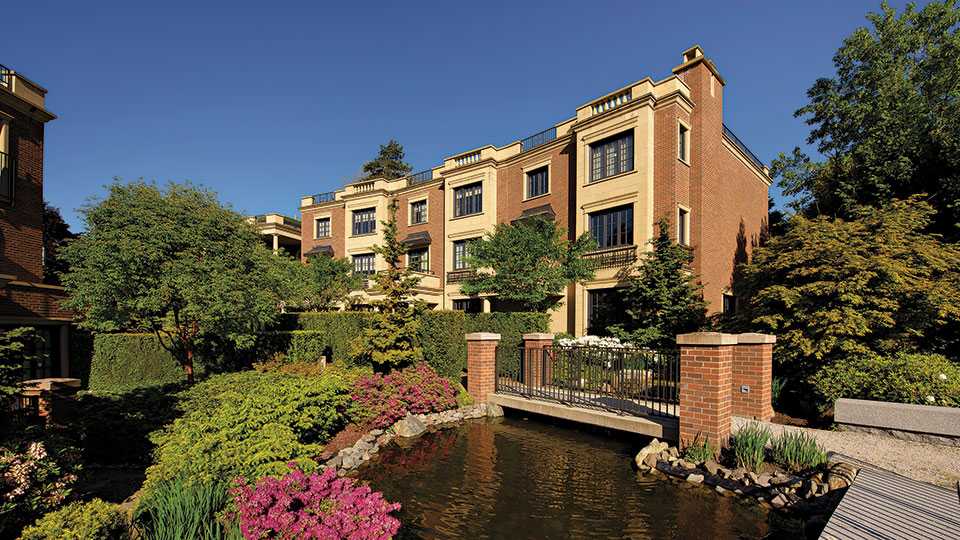
NH+CG: Your work uses a lot of water as a form on the landscape, often in very geometric designs. What is it between the fluidity and the structure that makes for such tranquil ambiance?
P.S.: Water can be a powerful visual to draw in the sky and provide a grounding element to an outdoor space. In a quieter courtyard, it creates beautiful reflections, adding a calming, oasis-like ambiance. In urban areas, water becomes a tool to reduce the impact of surrounding traffic and urban noise that may take place.
We believe strongly that the movement between interior and exterior spaces should be fluid — this fluidity is what gives the sense of tranquility. When you move through a project, it is a sinuous flow that is taking place, as if water is moving throughout, it’s that aspect that creates a sense of calmness.

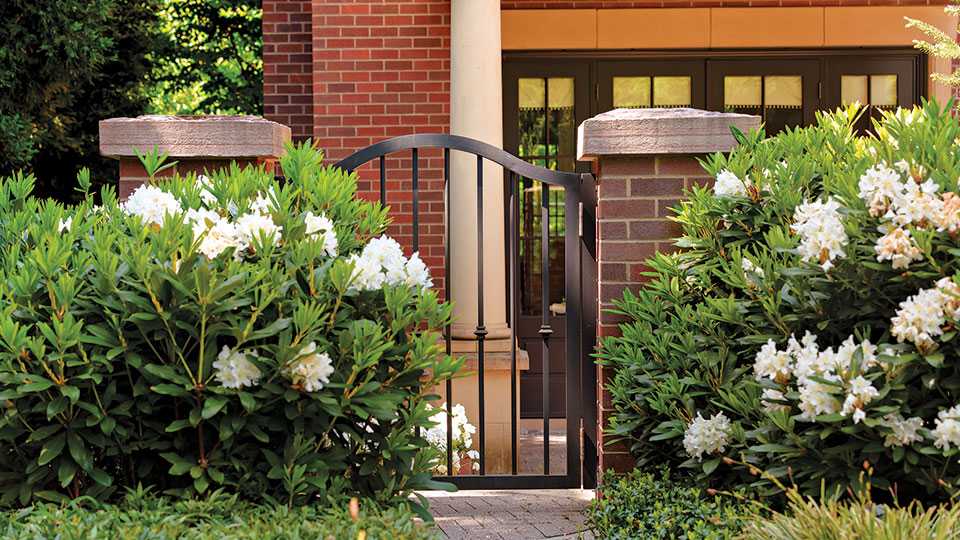
NH+CG: In terms of economics, (in a multi-family context) what do you find is the most worthwhile expenditure in a landscape design? What are the most economical in terms of maintenance?
P.S.: Any opportunity to have pots with herbs that can grow for use in your kitchen excites people and allows them to personalize a space. Containers that provide privacy are important as well.
Larger trees with more maturity are also a worthwhile expenditure. Trees take a long time to establish and develop character and maturity. If we can accelerate that process, it gives a more instant impact to the projects at a smaller price than what people would expect. Smaller plantings tend to mature in a shorter amount of time, typically taking two or three years.
There is an advantage of using large and small container-grown plants, but trees provide a lot of visual impact and can influence sales. The lowest maintenance are broad leaf evergreen shrubs, trees, and limited use of perennials and annuals. The highest maintenance tends to be a lawn that needs to be cut once a week, however, it does add a more immediate impact.

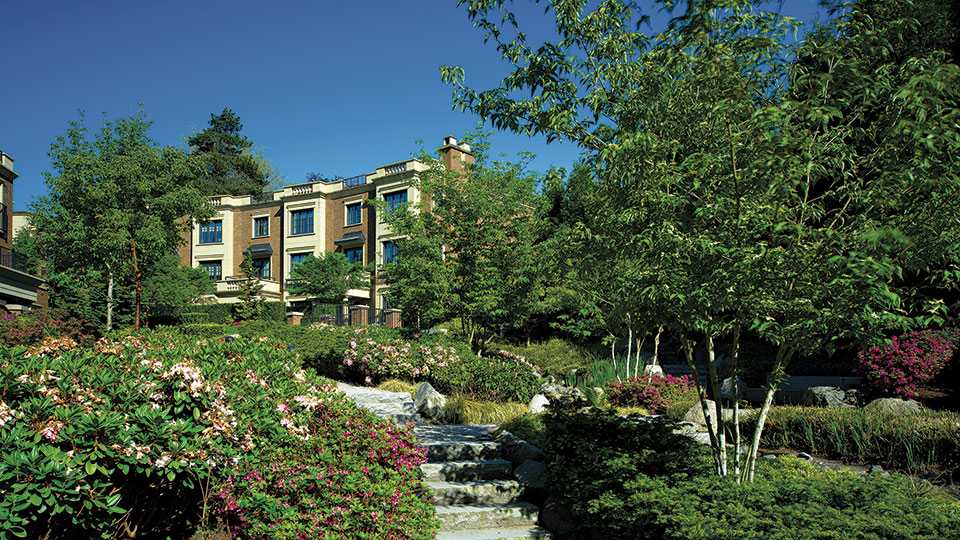
NH+CG: How do you create an outdoor environment for a building that will appeal to multiple generations, and how do you encourage a vibrant mix of people interacting in the space?
P.S.: The aspect of creating timeless spaces is also the aspect of creating spaces that have versatility. A space becomes timeless because it is able to adapt as needs or culture changes over a period of time. The role of the landscape can be quite different: for some the landscape is more visual, for others, more participatory.
The way we approach landscape design is to ensure we are always providing opportunities for spaces to be open and adaptable to those uses, regardless of our design. There are also a set of universal qualities that make people feel comfortable in a space, regardless of age – understanding the human scale, how people move through spaces, and what makes them feel comfortable and safe to sit and spend their time. These are important components that allow landscapes in a multi-family environment remain functional or usable for a broad group of people. Creating spaces of calm and simplicity will always have an appeal.

